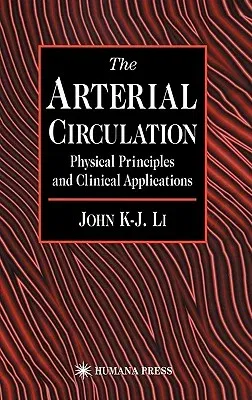After yet another decade of leaming, experimenting, and inves- tigating
since my first book, Arterial System Dynamics, the many new medical
breakthroughs and technological advances have inspired me to write this
book to bridge the gap between basic research and clinical applications.
The application of physical principles and quantitative approaches to
the understanding of the arterial circulation and its interactions with
the heart in normal and diseased conditions form the basis of The
Arterial Circulation. Knowledge of the physiology and rheology of
arteries, as well as all of their structural-functional corre- lates, is
a necessary prerequisite to the proper hemodynamic interpretatiqn of
pressure-flow relations and the pulsatile transmis sion characteristics
in different arteries. The natural coupling and interactions of the
heart, the coronary circulation, and the arterial system necessitate
analysis of alterations to global functioning. Modeling provides a tool
for isolating and predicting parameter changes and is employed
throughout the book. Experimental data are provided for model
validations, and also for more realistic interpretations. Techniques and
new methods for clinical hemo- dynamic measurement and diagnosis are
included to help the reader un- derstand the physical principles
underlying such abnormal cardiovascular functions as hypertension,
stenosis, and myocardial ischemia. The progressive changes in vascular
properties during aging are also discussed. Modem approaches utilizing
computer mode ling and allomery are presented with selected examples,
such as combined hypertension and aortic valve stenosis, and ventricular
hypertrophy.

